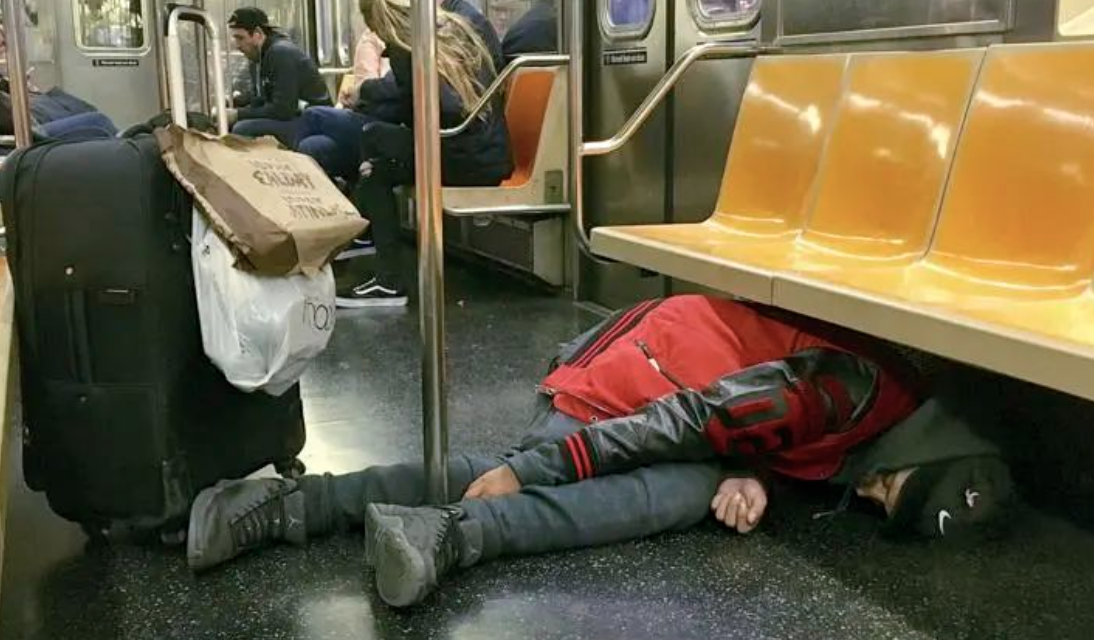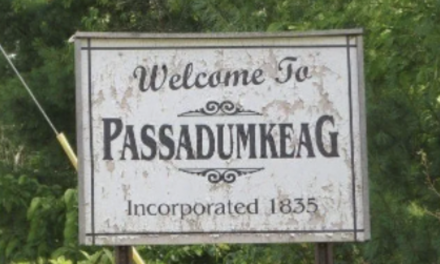
At the beginning of 2022, there have been many vicious crimes of homeless people in New York – randomly pushing innocent passengers off the subway, following residents to their homes… Homeless people in New York City, the last mayor of New York City, Bai Bai. During Bill de Blasio’s tenure, he reached a new record – more than 6,000 people sleep on the streets and subways of New York City every day! After the new crown epidemic, the number of homeless people in New York City has further increased, which has brought huge problems to the city’s security.
New York City Mayor Eric Adams, who took office on January 1 this year, launched the “City Subway Safety Plan” last Friday (February 18), which is cooperating with the Metropolitan Transportation Authority (MTA). In cooperation with New York State agencies, it aims to carry out large-scale clean-up and eviction of homeless people living in the New York subway system to eliminate safety hazards.
Adams said: “He is well aware that New Yorkers are now dissatisfied with the safety of the city. The subway (and bus) system is the “lifeline” of New Yorkers’ life, as well as a necessary means of transportation for tourists to explore the city. And the subway is a transportation system and not a “place to set up camp”, people must be aware of this.
Adds Adams: “No more smoking, no more yelling, no more people sleeping… Commuters need to ride the subway to get to their destination, so everyone can no longer do whatever they want on the subway!”
New York City Police Chief Keechant Sewell also said: Beginning this week, New York police will conduct carpet cleaning on subway lines where homeless people gather and crime-prone subway lines; these lines include: A, E, 1, 2. N and R lines. It is reported that since last month, the NYPD has completed more than 110,000 subway patrols, sending more than 1,000 officers to the subway system every day. “Our efforts are now focused on subway lines and platforms with a high volume of passengers, where trainees will identify those in need and enforce the law if necessary, such as sleeping on their seats, aggressive tendencies, vandalism Environmental sanitation, etc.
The “Urban Metro Safety Plan” is divided into three parts: short-term, medium-term and long-term. The specific contents include:
1/ Deploy 30 joint response teams that bring together the strengths of the Department of Homeland Security, the Department of Health and Mental Health, the NYPD and the Department of Health, community organizations, and more.
2/ Train officers to enforce the law in the subway in a fair and transparent manner in accordance with MTA and Department of Transportation regulations.
3/ Increase Behavioral Health Emergency Assistance Response Team (B-HEARD) coverage by 6 to a total of 11 and more than double the geographic coverage. Building on the success of the pilot, the teams will work with mental health professionals to respond to 911 calls for nonviolent, mentally-related issues.
4/ Integrate medical services into homeless service points to serve them. Expand Safe Shelter and Stable Bed Programs to provide medical and behavioral health care on-site to meet needs.
5/ Weekly organizing meetings to improve coordination of government and outreach action teams – bringing department heads from 13 cities and states together to resolve issues quickly;
6/ Establish new temporary resettlement centers that provide immediate access to the interior; and try to set up such resettlement centers near important subway stations, so that the homeless can be quickly transferred to a safe place.
7/ Simplify the process from placement center to supportive housing and reduce paperwork to check eligibility;
8/ Require the state government to continue to expand the number of mentally ill beds and amend the Kendra Act (that is, to give judges the power to make decisions and allow defendants in need to receive mental health care and support);
9/ Order all passengers to leave and not stay when they arrive at the subway terminal.










